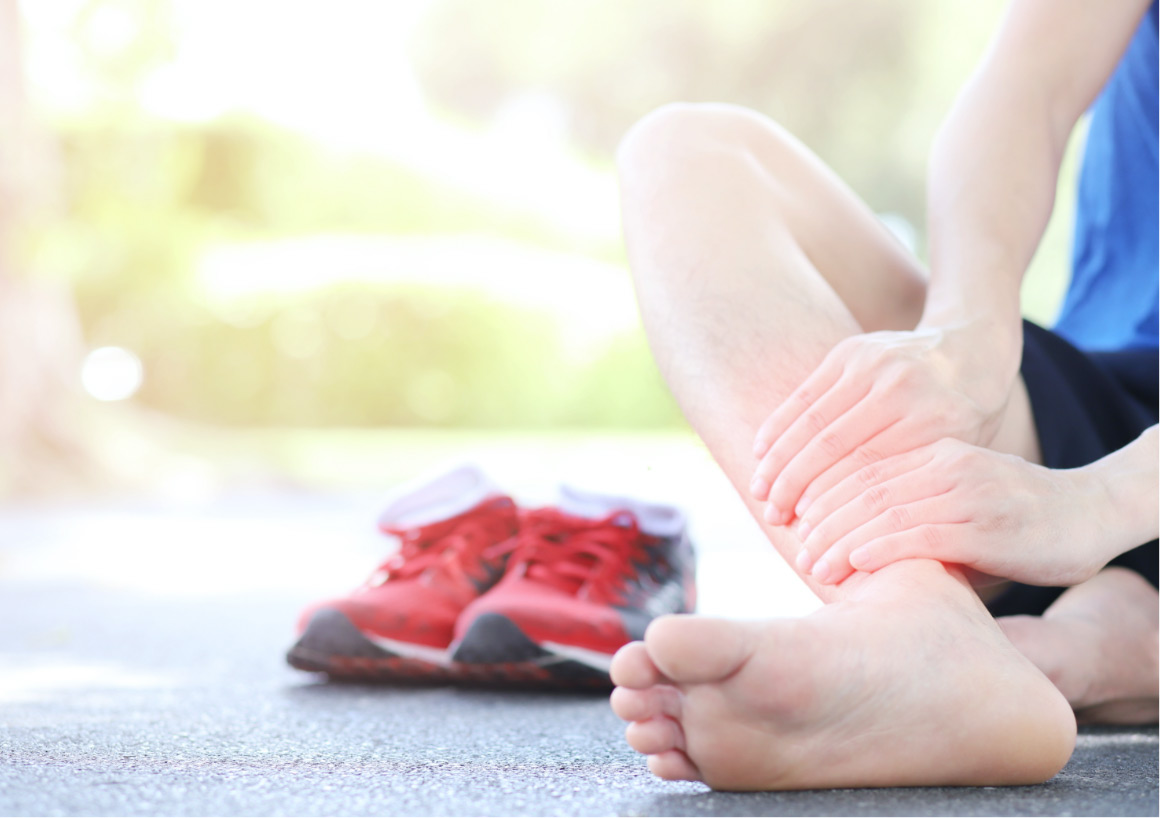Shin Splints
Shin Splints
Shin Splints is a generalised term to describe several different conditions that cause pain around varying parts of the shin region. There are several structures which can cause pain in this area so it is very important to get a correct diagnosis from your physiotherapist. Different types of shin splints occur in long distance runners, impact and jumping sports.

What are the causes of shin splints?
- Stress fractures: Whilst not typically referred to as a type of shin splint, stress fractures have been mentioned here as they are a type of that shin pain that must be ruled out as treatment may vary from treatments that are appropriate for other shin splint types. It might be easy to think of stress fractures as a MORE SEVERE form of shin splints. Stress fractures are exactly what the name suggests. Smallcracks or fractures graduallt develop with the bones with excessive stress or loading. You will have very localised pain on one of the bones in the shin. Stress fractures are more commonn the tibia than the fibula so pain is typically felt on the inside of the shin. Stress fractures are a gradual onset, overuse problem and is made worse with exercise, a rapid increase in your training program, incorrect footwear, poor running biomechanics and poor bone density can all be contributing factors. This type of pain will tend to progress with further activity and often aching at night is present.
- Inflammation: at the insertion of the muscles onto the bone, particularly tibialis posterior and soleus muscles in the calf. This presents as quite diffuse pain along themedial tibia (inside of the shin).
- Vascular insufficiency: altered blood flow either into or out of the leg can present as pain in the calf.
- Compartment syndrome: this typically presents as increased aching pain and tightness during exercise, with no pain at rest. Your lower leg has several muscles divided into four compartments separated by thick inelastic fascia. Overuse and inflammation of the muscles can increase the pressure within the compartment and reduce blood flow to the muscles. The pain in this type of injury is described as tightness and settles within minutes of cessation of the aggravating activity. Occasionally patients complain of pins and needles in the feet also.
- Nerve entrapment: less common but can cause pain in the shin.
What Get Active can do to treat Shin Splints!
- Specific exercises. An initial period of relative rest will be essential. Relative rest does not necessarily mean a complete cessation of aggravating activity but most certainly a reduction in it. We will advise you on appropriate cross-training exercises to keep up your fitness and not cause pain. You will need a specific strengthening program with a gradual return to running.
- Soft tissue release: Release spasm in the muscles surrounding the calf and shin.
- Gait Scan & Orthotic prescription to align your foot and lower limb. Click here to book your free Gaitscan
- Treadmill running analysis: These will be essential to analyze your biomechanics. We can then prescribe custom made orthotics and hip stability exercises to improve your running biomechanics and prevent further damage.
Suitable Products for shin splints include:
- Orthotics: help control excessive pronation and improve lower limb alignment
- Foam roller: used to massage and loosen tight muscles around the calf.
- Footeze: also used to massage and loosen tight muscles around the calf.
Purchase these products at any of our St Leonards clinics today!
OUr conditions
Menu
Need More Information
For more information, check out our frequently asked question. If you still can’t find your answer give us a call, we would love to help.



